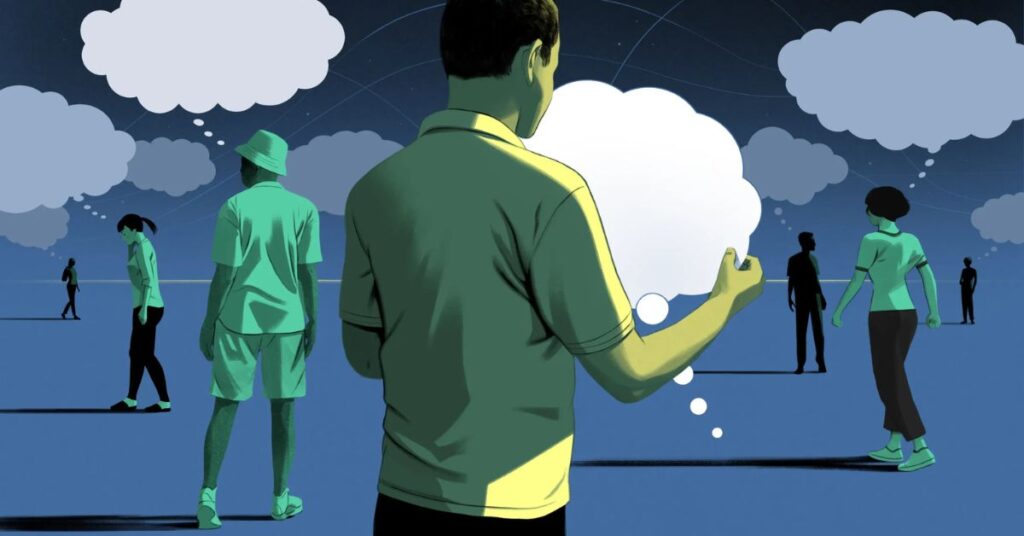Why Do Dogs Love Tennis Balls?-Complete Guide
Have you at any point asked why dogs go crazy over tennis balls? However, what about these conventional articles that enthrall our dog sidekicks so profoundly?
This fundamental instinct is replicated because the tennis ball’s movement is wildly unpredictable and erratic, cleverly mimicking the movement of cornered prey.
This article will investigate the fascinating world of dogs and tennis balls to ascertain the reasons for this enduring love affair.
Transformative Senses:
The evolutionary instincts of dogs, which have been shaped by centuries of selective breeding and natural behaviors, can be traced back to their love of tennis balls:
1. Predatory Instincts:
Dogs are relatives of wolves, which were regular trackers. Their impulse to pursue and recover objects, such as tennis balls, suggests their tribal way of seeking prey. Getting fulfills dogs’dog’s regular drive to pursue and catch moving items, satisfying their ruthless impulses in a lively setting.
2. Pack Behavior:

Wolves, and likewise, dogs, are load creatures with solid social bonds. Playing with a tennis ball can mirror pack conduct, including helpful play between the dog and its human sidekick. This association fortifies the connection between the dog and its proprietor, supporting social associations and advancing participation inside the “pack.”
3. Physical Exercise:
Wolves spend a lot of energy hunting for food and patrolling their territory in the wild. Playing fetch with a tennis ball furnishes dogs with a source of actual activity, assisting them with consuming an overabundance of energy and keeping up with their wellness.
This movement is fundamental for dogs’dog’s general health and prosperity, reflecting the actual requests of their wild predecessors’ way of life.
4. Territorial Marking:
Wolves mark their territory with scent markings to establish ownership and communicate with other pack members. While fetching a tennis ball may not directly involve scent marking, the act of retrieving and returning the ball to its owner can be interpreted as a form of territorial behavior. By “claiming” the ball and bringing it back to their owner, dogs assert their ownership and reinforce their bond with their human family.
Also Read: Can Cats Eat Canned Crab Meat?-A Complete Guide
Stimulation of the Senses:
Through sensory stimulation, it is possible to comprehend why tennis balls appeal to dogs. That is the way tactile elements add to their affection for these toys:
1. Visual Allure:
Tennis balls are obvious to dogs even from a distance due to their bright color, typically neon yellow or green. Dogs are drawn to this vibrant color because it stands out against most backgrounds and piques their interest. Tennis balls are easy for dogs to spot and follow while playing because of their contrast with grass, pavement, or indoor flooring.
2. Hear-able Excitement:
The sound delivered by a tennis ball skipping or moving adds a hearable component to recess that catches a dog’s advantage. The musical skipping and periodic squeaking of the ball make an enjoyable, hearable experience for dogs, flagging the beginning of a game and inspiring them to participate.
3. Attractive Texture:

The smooth, rubbery surface of the ball is fulfilling for dogs to hold with their teeth during games or heft around in their mouths. As dogs interact with the ball, this tactile sensation provides sensory feedback and enhances the enjoyment of play.
4. Attraction by Scent:
While tennis balls might not have areas of strength, dogs can ingest and hold scents from their current circumstance after some time. This could be the scent of the dog’s owner, other animals, or the outside environment. The presence of familiar scents on the ball can increase a dog’s interest and engagement during play, making the toy more appealing and enjoyable.
Also Read: How To Stop My Bengal CAT From Peeing?-Complete Guide
Fulfillment of the mind and heart:
Dogs’ partiality for tennis balls reaches beyond simple play, giving mental and close-to-home satisfaction. How to do it:
1. Critical thinking and Learning:
Playing fetch with a tennis ball draws in dogs’ critical thinking abilities and mental capacities. Dogs should follow the ball’s development, expect its direction, and plan how to recover it. This mental stimulation aids dogs’ overall cognitive well-being, tests their intelligence, and keeps them sharp.
2. Accomplishment Emotion:
Effectively recovering a tennis ball can impart a feeling of achievement and pride in dogs. Each effective recovery supports their preparation and fortifies the bond with their human buddies. This uplifting feedback supports their certainty and confidence, adding to their close-to-home satisfaction.
3. Actual Activity and Mental Excitement:

Dogs can get healthy exercise by fetching a tennis ball, which is necessary for maintaining their physical health and well-being. The psychological excitement associated with following, pursuing, and recovering the ball helps keep their brains invigorated and locked in. This combination of mental and physical exertion enhances their overall happiness and fulfillment.
4. Social Connection and Bonding:
Dogs and their human companions develop bonds and social interactions when they play fetch with a tennis ball. This joint action deepens their emotional connection, fosters trust and communication, and strengthens their bond. It creates positive encounters and recollections that upgrade the nature of their relationship.
Health and Exercise Advantages:
Using a tennis ball to play fetch has numerous health and exercise benefits for dogs. That is how it’s done:
1. Cardiovascular Health:
Fetching involves quick bursts of running, jumping, and other activities that raise a dog’s heart rate and improve its cardiovascular health. Traditional cardiovascular activity strengthens the heart and further develops dissemination, decreasing the risk of coronary illness and weight.
2. Muscle Advancement:
Running and recovering a tennis ball draw in different muscle gatherings, including the legs, hips, and center. This activity contributes to overall physical fitness and agility by enhancing muscle strength, endurance, and coordination.
3. Joint Health:
The dreary movement of running and hopping during get can assist with working on joint adaptability and portability. It helps joints stay lubricated, makes them less stiff, and strengthens supporting ligaments and tendons. That can be especially helpful for more seasoned dogs or those inclined to joint issues.
4. Stress Relief:
Physical activity releases endorphins in dogs, promoting happiness and relaxation. It helps alleviate stress, anxiety, and pent-up energy, improving overall well-being and behavior.
Also Read: Why Are Cats So Soft?-A Complete Guide
FAQ’s:
1. Can dogs play with tennis balls safely?
A few dogs appreciate destroying the yellow-green fluff that covers the tennis ball; however, your dog can’t process the elastic or fuzzy cover at all.
2. For what reason does my dog cherish annihilating tennis balls?
Tennis balls are only one of many toys that dogs love to eat down on, perhaps to a limited extent because of their impulse to go after prey and to some degree just for the impression of biting.
3. For what reason do dogs adore paunch rubs?
This quieting sensation sets off a particular response in their cerebrum that answers hair follicle excitement.
4. For what reason do dogs lick you?
Licking is a characteristic and intuitive way of behaving in dogs. It serves as a means of self-expression, bonding, and grooming for them. Your dog might lick you to say they love you, to certainly stand out enough to be noticed, to assist with mitigating themselves on the off chance that they’re anxious, to show sympathy, or because you taste significant to them!
Conclusion:
In conclusion, a dog’s love of tennis balls has many causes deeply rooted in its natural behaviors and evolutionary history. From fulfilling its nature to pursue and recover prey to providing a wellspring of mental excitement and social communication, tennis balls offer plenty of advantages for our dog mates.
So the following time you see your dog enthusiastically swaying its tail and tennis ball in its mouth, recall that it’s not only a game; an essential part of its temperament gives it pleasure and satisfaction.






